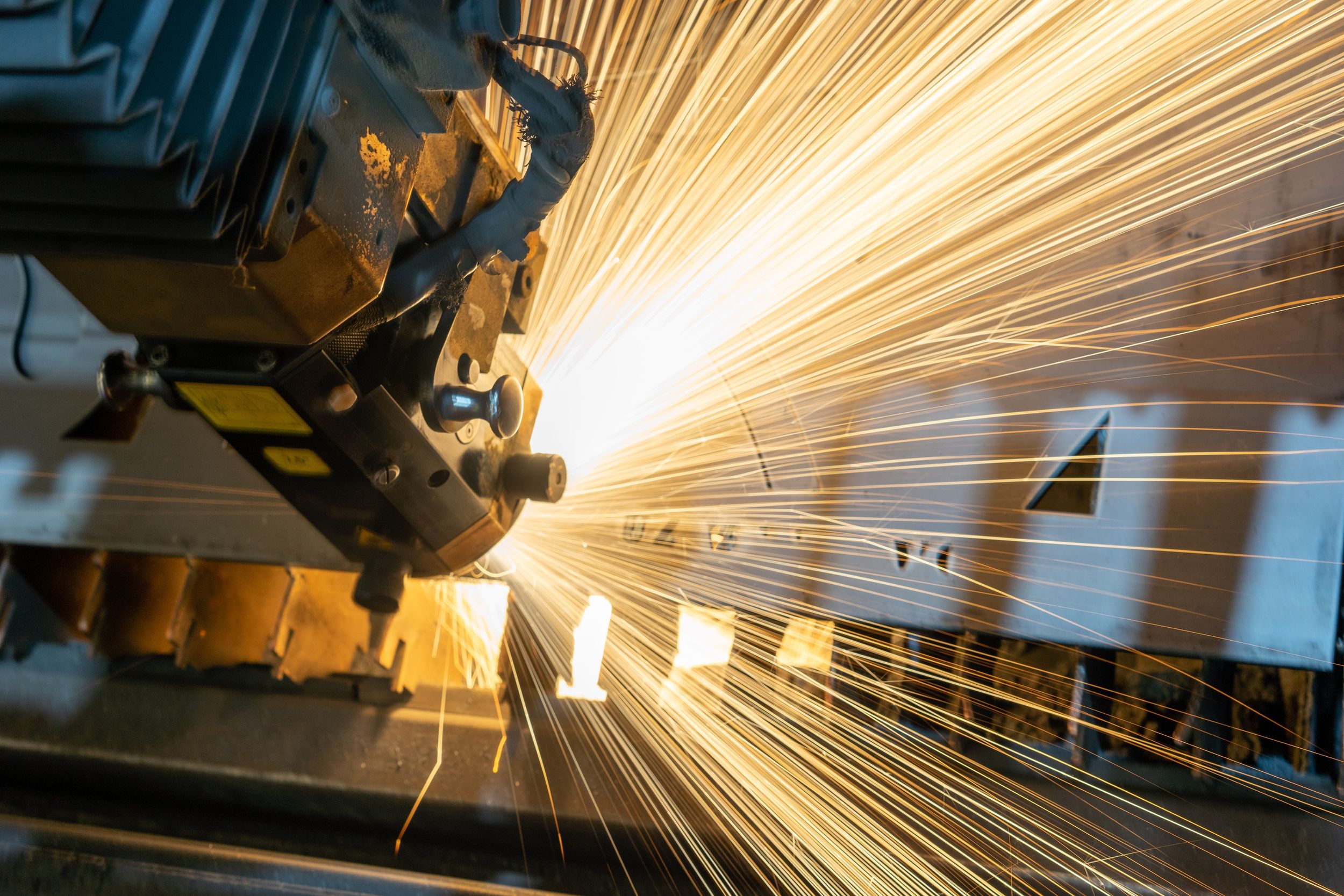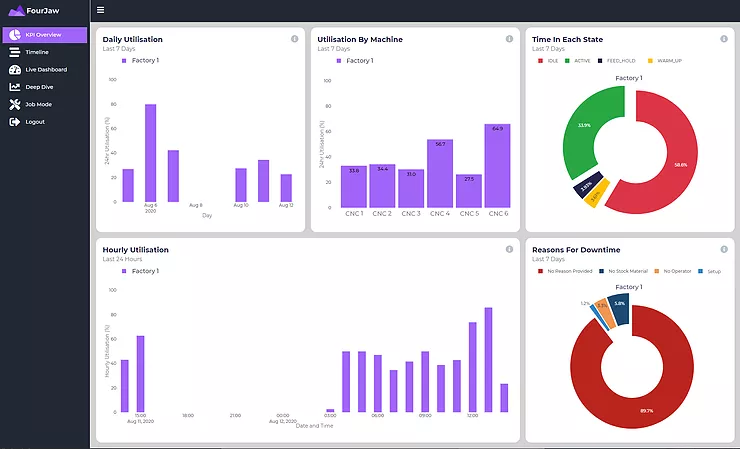The Manufacturing Industry –
It’s no secret there is huge pressure on governments around the world to cut emissions and decarbonise sectors of economies and the UK is no exception. The UK government has released their targets of being Net Zero in all industries by 2050, and one of the most important sectors of the economy that can have an impact upon this target is the manufacturing industry.
With such a shift needed across all sectors of the economy, there has never been a bigger focus on the benefits of digitalisation and automation and the benefits that this can provide in the pursuit of becoming Net Zero.

The Role Software can play –
What technologies need to be utilised? In this article we’ll take a look into some of the options available to organisations in the manufacturing sector , what they can do to take a step towards net zero and increase the efficiency of their operations in the process.
Firstly, to understand how we achieve Net Zero in manufacturing we need to understand the Net Zero commitment itself. Net Zero refers to achieving a balance between the amount of greenhouse gas emissions produced and the amount which is taken out of the atmosphere. As one of the largest contributors to greenhouse gas emissions, manufacturing has a crucial role to play.
A term and phrase that has gained traction in recent years is ‘Industry 4.0’. Industry 4.0 is a concept based around the use of cyber-physical systems and how these systems, paired with automation and data exchange technology, are becoming increasingly prominent within the manufacturing sector .
Whilst there are many elements to the industry 4.0 concept, this article will aim to focus on what we believe are the most important aspects many organisations within manufacturing could start to implement within their manufacturing environments.
Cloud Computing

We’re all aware of how cloud computing generally works: Microsoft, Amazon, Google, just to name a few, all have services providing dedicated virtual servers which can be accessed remotely via the internet in order to store, manage and process information in a quick and efficient manner.
But how does this benefit manufacturers?
Well, to put it simply a manufacturer can securely, easily store and process the vast quantities of data relating to the manufacturing process in a virtual dedicated space. However, in order to truly benefit from this, we need to go a step further.
A manufacturer will start to see the efficiency increases they desire when the cloud systems used can be paired with machine learning and artificial intelligence.
These can provide high level improvements to the manufacturing process and paired with other technologies and systems such as cyber-physical systems and machine-to-machine communications, manufacturers have the ability to scale and increase efficiency across all areas of their operations.
Machine Communication
Exactly as it sounds, this system would allow machines to be connected, either wirelessly or wired and communicate with one another.
Whilst this may sound underwhelming initially, a system such as this can unlock a huge amount of potential and would help improve efficiency and productivity throughout the factory floor. For example, if a machine is awaiting another to finish a task, it may be able to shut down or go to standby mode, saving energy and reducing the overall operating costs for the organisation.
As there are many options for a manufacturer to choose from in terms of the software and technology available to them, it’s perhaps important to realise the more of these technologies adopted, the greater the return on investment and the better chance the organisation has of reducing its costs, environmental impact and becoming a true ‘smart organisation’ including its supply chain.
However, it is not just the organisation’s operations that could benefit from the use of technology and increased efficiency. For instance, take the wider supplier chain of a manufacturer; if an organisation that is part of this supply chain process increases efficiency and improves the way they operate, there is potential for the manufacturer to adapt their process and systems to take advantage of these changes.
One of the simplest ways to think about this is to picture each technology as a link in a chain; only with enough links would the manufacturer be able to pull themselves closer to the end goal – Net Zero and increased operational efficiency.
Summary –
As we draw to the end of this article, only one question remains – How do we know this? The answer is simple – We’ve experienced and built these technologies first hand!
The Curve has been a part of multiple projects in which the end goal has been to adapt current manufacturing systems in order for them to become more efficient and effective in the day to day operations.
Take the FourJaw project. In this project we built a platform in order to allow manufacturing professionals to make quick and tangible improvements to their operations.
The premise behind the project was that whilst FourJaw could collect the necessary data needed to streamline operations using their Manufacturing Execution System, there was no way to easily present this information in a way which was accessible and digestible.
The Curve developed a live dashboard that could present the real-life data from the Manufacturing Execution System in a user-friendly way and would allow manufacturing professionals to have the quick access needed so they could make tangible improvements to their operations.

As well as this The Curve has also been part of the EnableChain® project in collaboration with Enable Manufacturing where the end goal was to develop a bespoke supply chain management system as there was no off the shelf solution available.
Enable Manufacturing required a digitalised supply chain that could track and trace the jobs in the process from order to invoice. The solution drastically improved their efficiency and made it possible to deliver metal parts to their customers within four weeks.
